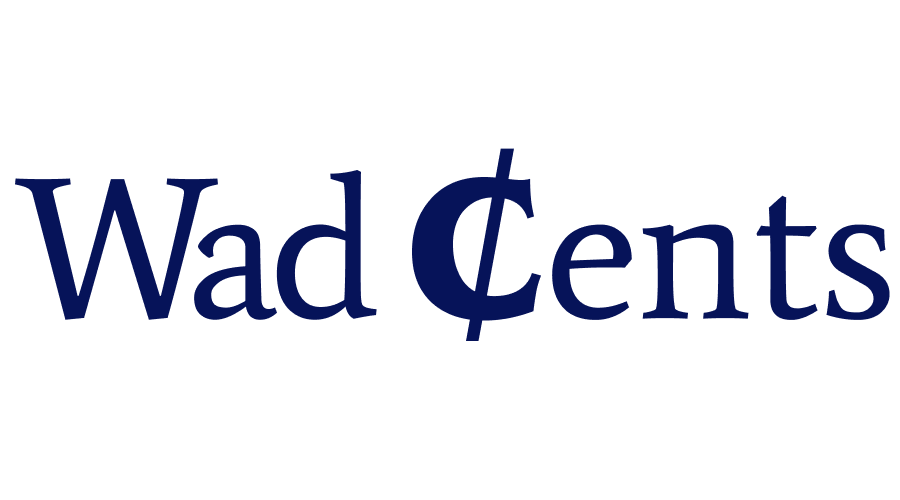Tracing for your lost 401(k) account can sometimes become hectic and problematic.
While leaving one job for another is common, it is easy to forget about the old 401(k) assets left with former employers after several decades of employment.
If you have several lost 401(k) accounts that you are unable to locate, you may have several options to track them down. With your Social Security Number, you can use search databases and online services to find your old 401(k) account.
Keep reading to learn the various options you have to find your 401k with Social Security.
How to Find 401k With Social Security Number (5 Methods)
If you have changed jobs several times over the years, and you left behind your 401(k) assets, you have several options to track down your old 401(k) accounts. They include:
Check the National Registry of Unclaimed Retirement Benefits
The National Registry of Unclaimed Benefits website connects employees and employers. It lists accounts with unclaimed or abandoned retirement assets.
If you have changed jobs several times over your working years, and you left your 401(k) assets behind, you can use the registry to recover your retirement assets. However, for the retirement assets to be listed in the registry, your former employer needs to have reported your unclaimed 401(k) to the National Registry of Unclaimed Benefits.
You will be required to enter your Social Security Number when searching within the database. If your details are found, the National Registry of Unclaimed Benefits will avail the contacts of your plan’s administrator.
The plan administrator will guide you on how the claim process works if your details are found. You will be given a form to fill in your details and where the recovered monies will be deposited.
Check DOL’s Abandoned Plan Search Database
The Department of Labor’s Abandoned Plan Search database also allows users to search for their lost retirement plan assets.
If your former employer ceased to operate, dissolved the business, went bankrupt, or was acquired by another company, you may wonder where your retirement assets disappeared, and whether they can be found.
Generally, employers are legally required to notify current and former employees of any changes regarding the company-sponsored 401(k) plan. If you change your address or contact information, and your former employer is unable to reach you, your plan is terminated.
The DOL’s database contains records of former employers who have terminated their plans. You will be required to provide the previous employer’s name, plan name, and last location to help you find employer records that match your search.
Follow these steps to trace your old 401(k) using the DOL’s database:
- Visit the Department of Labor’s Abandoned Plan Search
- Enter the essential details concerning your former employer, i.e., company name, plan name, city, state, and zip code.
- Narrow down to the point of search using your social security number until you find your information.
When you follow this procedure correctly, you may get clues about where your lost 401(k) money is.
FreeERISA
If you think that your former employer rolled over your old 401(k) into a default participant IRA, you can use FreeERISA to find it. This search database is free to use, but it requires you to create a free account to access the search database.
Use Beagle
Beagle is one of the online services that help you hunt down your old 401(k) account.
Once you sign up for an account on Meetbeagle.com, you will be required to fill out an online form that the site uses to scour all databases for any traces of your money.
Some of the information you will be required to provide includes your first and last name, email address, date of birth, address, previous employer names, SSN, etc.
Beagle can also help find old 401(k) accounts of a deceased relative. You will be required to enter their personal information, including SSN, name, date of birth, etc. to get clues on where their money is.
Once you initiate the search, allow it a few hours to several days, and check back to see if there are any lucky finds. Most users who have used Beagle claim to have found one to five old 401(k) accounts from past jobs that they did not know about.
Additionally, once you recover your old 401(k) monies, Beagle can help you roll over the funds to a Self-directed IRA with them. They can then help you manage the recovered funds at a small fee every month.
Use Capitalize
You can use Capitalize to find your old 401(k) assets left with former employers. Once you sign up for an account on Hicapitalize.com, you will be required to enter your personal information, including SSN, first and last name, date of birth, postal code, phone number, etc.
This information is fed into databases, and searches are made for information related to your 401(k) retirement account. Once the manual search is complete, you will see the results displayed on your account dashboard.
Capitalize will then help you to consolidate your recovered 401(k) accounts into one IRA for easier management.
The platform offers administration services, and you can open an IRA with them. If you are stuck retrieving your 401(k) accounts, you can contact Capitalize’s customer care representative for help.
What Next After Finding the Lost or Forgotten 401k?
Once you have recovered your old 401(k)s, you may have the following options with the money:
Roll over to your new employer’s 401(k)
If your new employer offers a 401(k) plan, check if they allow rollovers from other 401(k) plans left with former employers. If allowed, you can request a direct rollover from your recovered 401(k) to your new 401(k) plan; you won’t get your hands on the money, and you won’t owe any taxes on the rollover.
Roll over to an IRA
Rolling over your old 401(k) plan into an IRA may be a better option if you want a retirement plan with more investment options and lower fees. You can open an IRA with a brokerage or other financial institution of your choice, and pick the investment options with the lowest fees.
Cash out
If you are struggling to raise money for your daily expenses or an emergency, you may consider cashing out your 401(k) account. However, this may be a less desirable option if you are younger than age 59 ½ since you will owe income taxes on the amount cashed out and an additional 10% early withdrawal penalty.
Do nothing (leave it where it is)
If your old 401(k) has at least $5,000, and you are satisfied with the investment options and returns offered, you can choose to leave the money where it is to continue growing. However, if you have several old 401(k)s left with different employers, consider consolidating the retirement accounts into one IRA or 401(k) account for easier monitoring.
Bottom line
Finding your lost or forgotten 401(k)s can sometimes be frustrating, especially when you don’t have important details about your old 401(k) plan or former employer. However, with a few details like your SSN, your official name, date of birth, address, names of former employers, etc., you can get clues on where your money is.
The Department of Labor’s Abandoned Plan Search, the National Registry of Unclaimed Retirement Benefits, and paid online services like Beagle and Capitalize can help you track down your old 401(k) assets quickly. They will also save you time and resources that would have been used locating your former employers.


